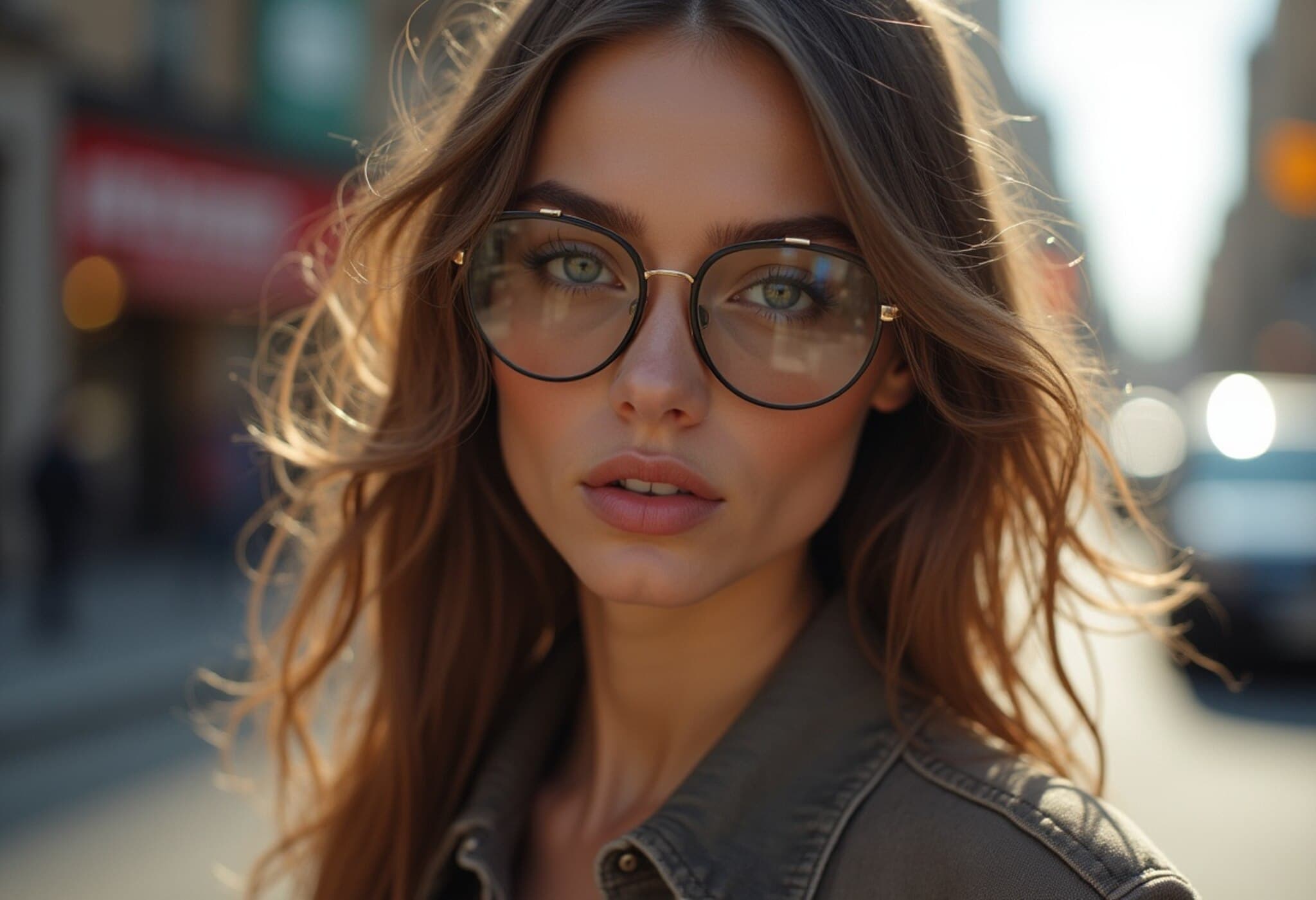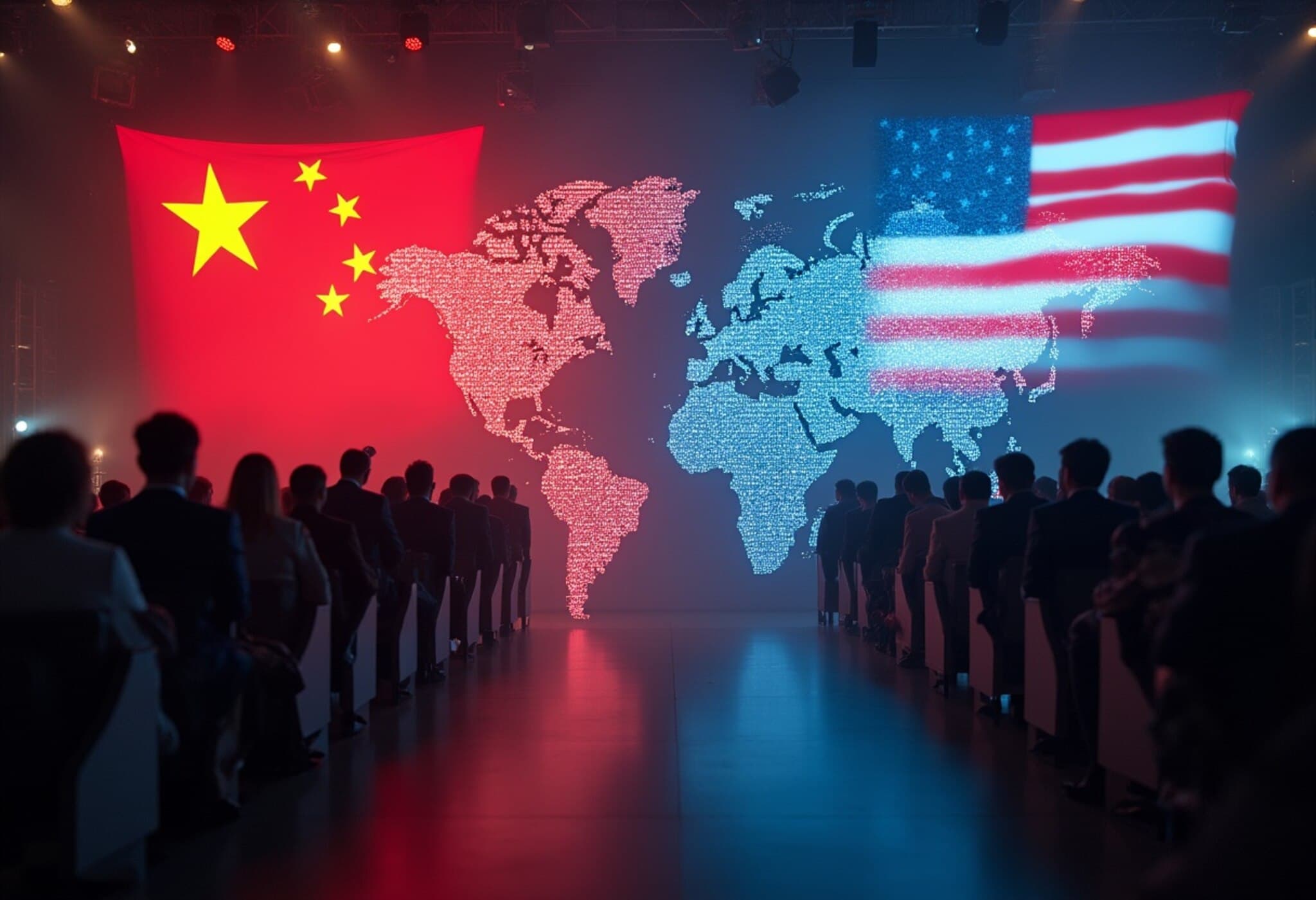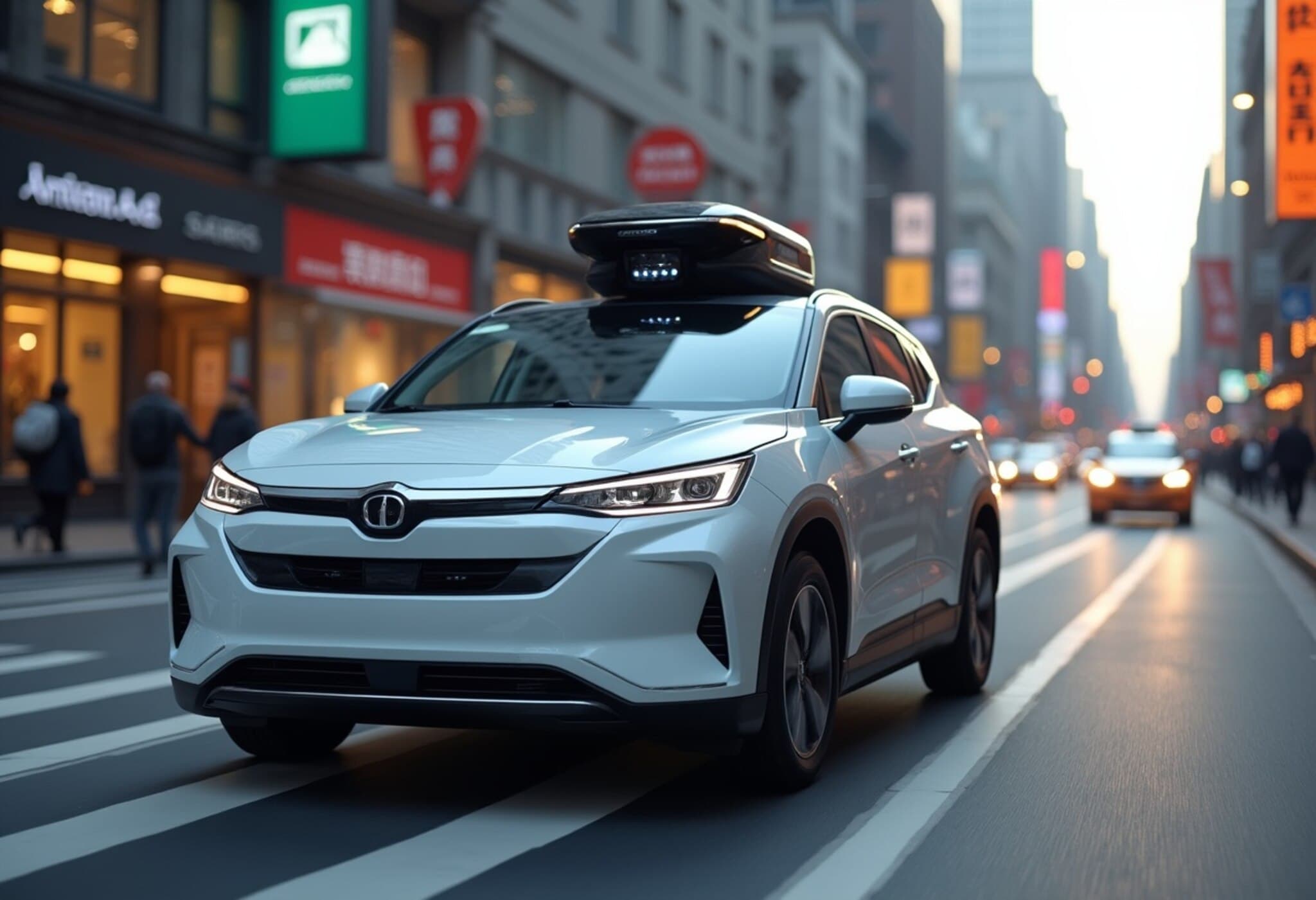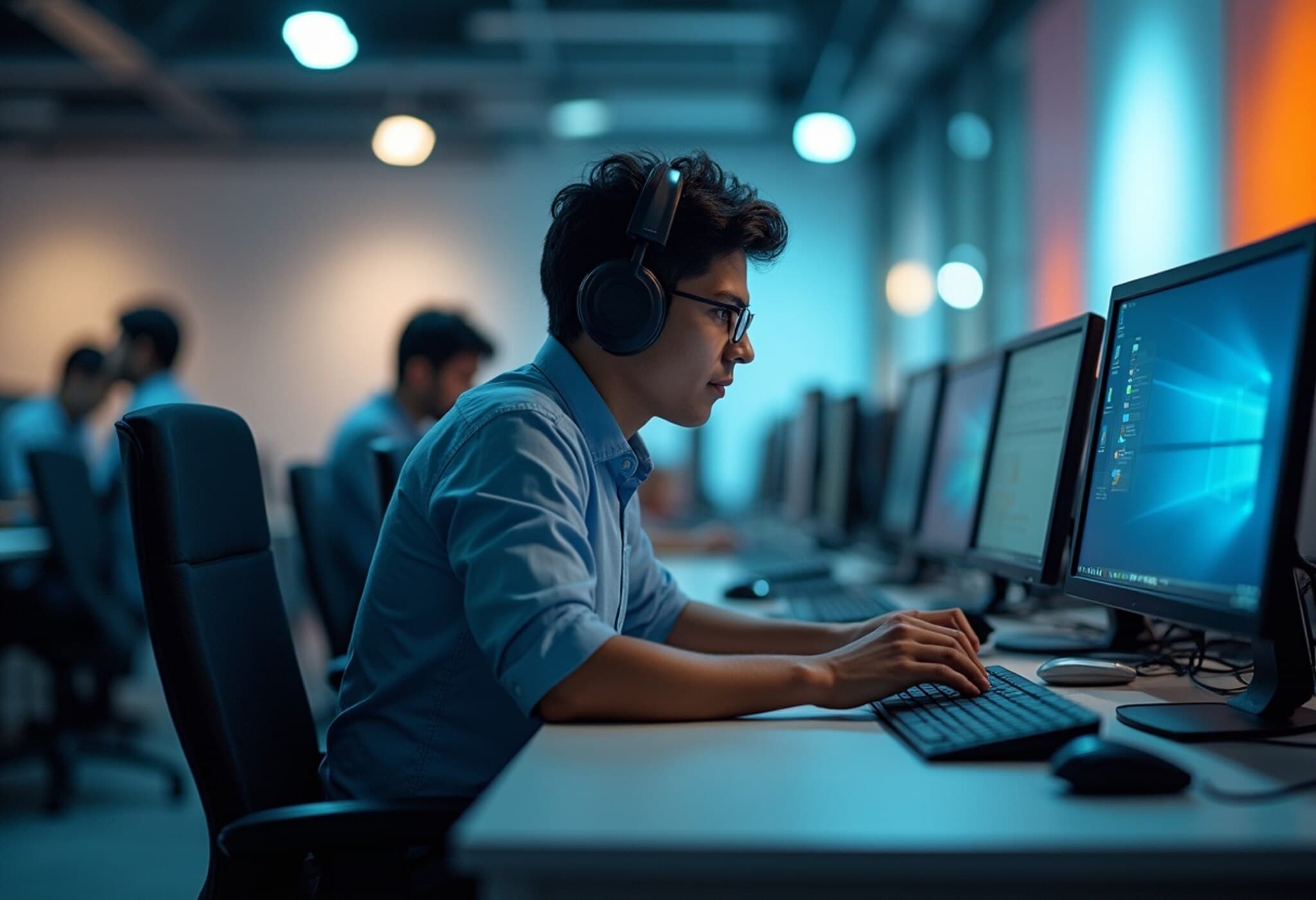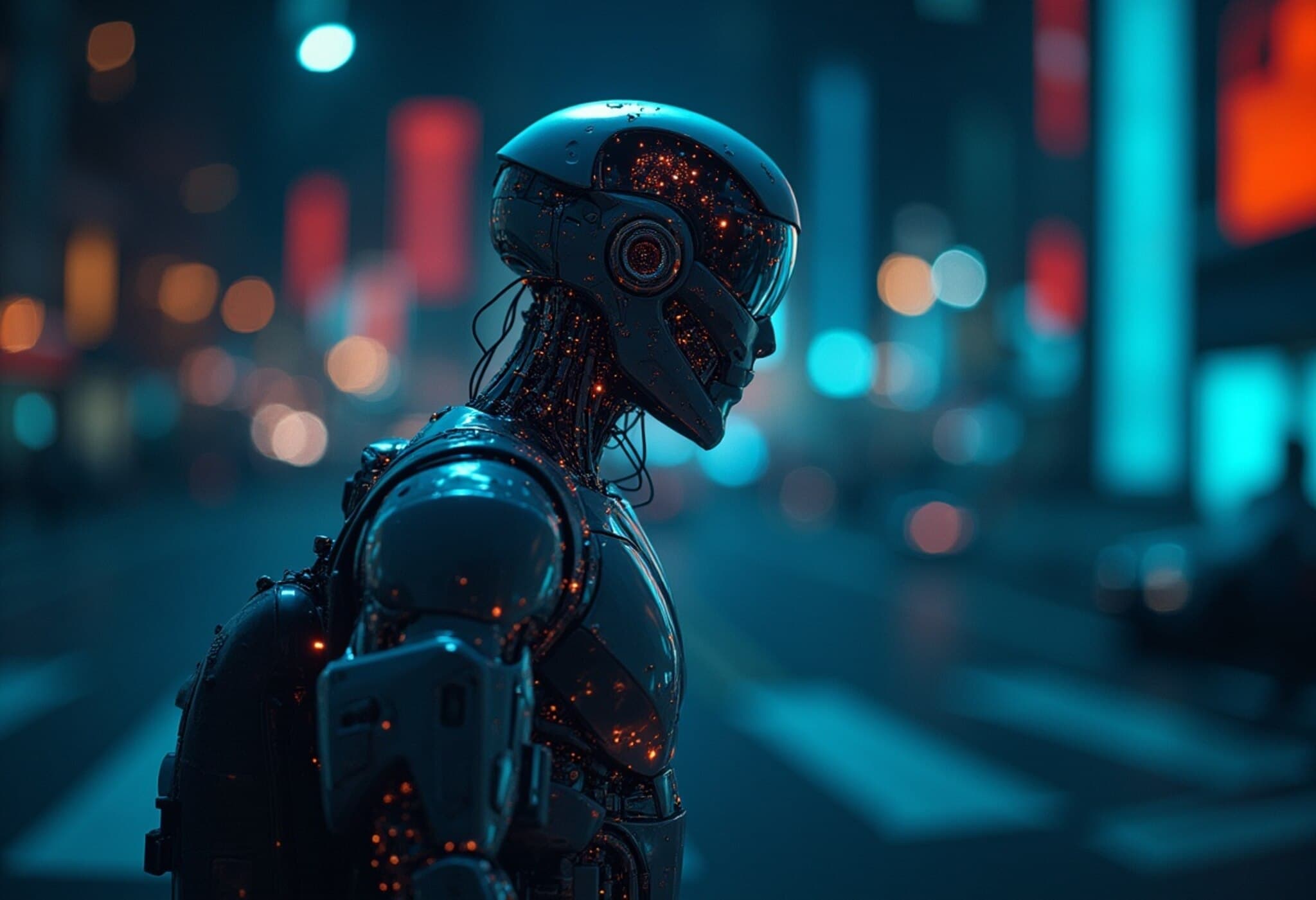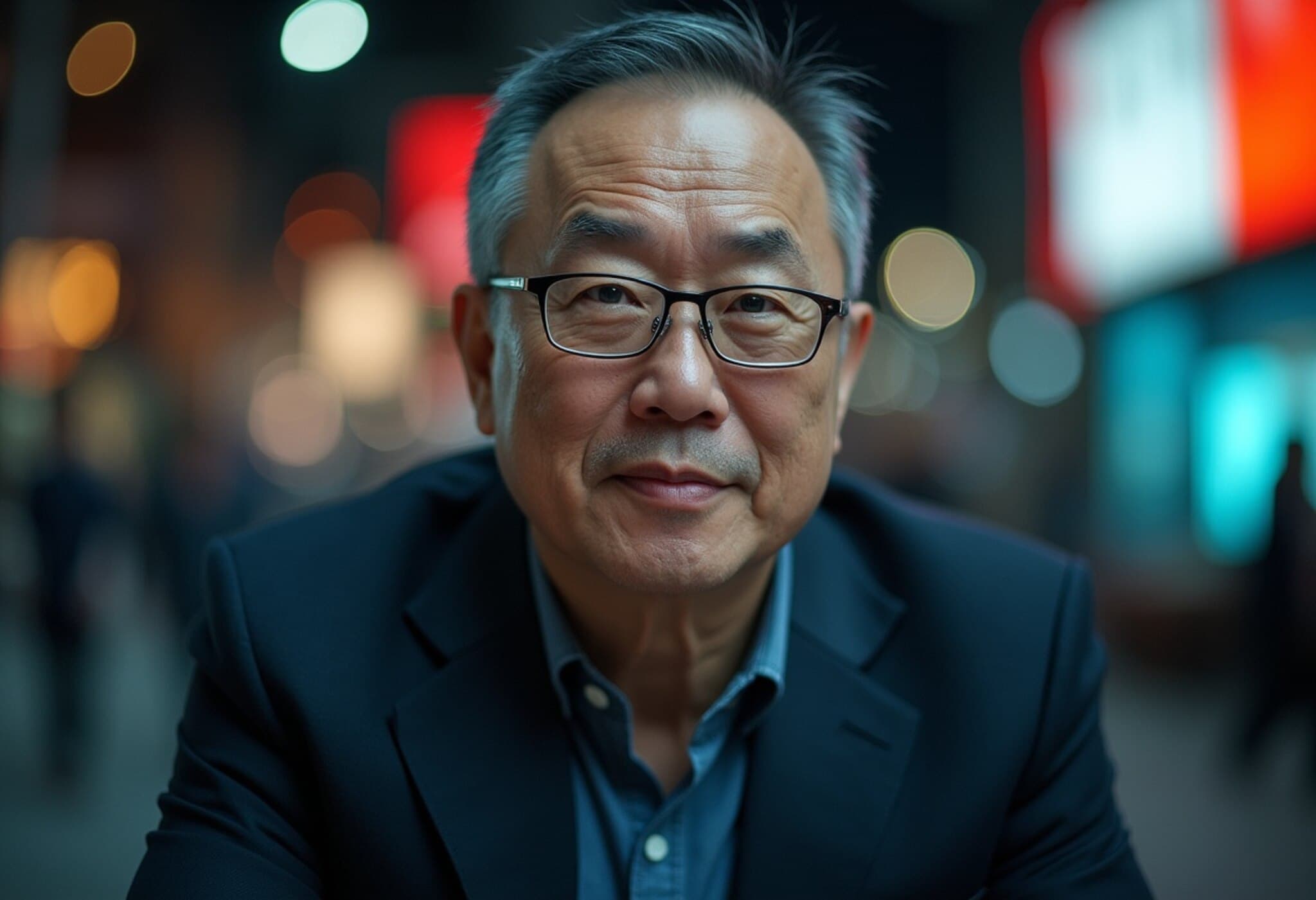The Rise of AI Supermodels: A New Era in Fashion Advertising
In a striking departure from tradition, the fashion world recently witnessed the emergence of an AI-generated supermodel who has captivated audiences without ever setting foot on a runway. This virtual creation, masterminded by a London-based agency for a Guess summer campaign, blurs the lines between reality and artificial design — commanding the glossy pages of Vogue and sparking a global conversation.
Virtual Beauty and Its Industry Disruptions
This extraordinary model, crafted by the London firm Seraphinne Vallora, boasts flawless features and the unique ability to switch outfits instantly. Unlike human models, she demands no salary or breaks and can be adapted endlessly. While this marks the first AI-generated figure featured in Vogue (albeit outside editorial content), her presence has sent ripples through the fashion community.
Industry professionals express growing anxiety about AI’s reach. The British Fashion Model Agents Association, representing some 7,000 models, has launched a petition urging regulators to impose stricter controls on how AI synthesizes human likenesses. John Horner, a veteran model agent and the association’s chair, highlights that the technology not only jeopardizes models’ livelihoods but also threatens the roles of photographers, stylists, and other creative contributors.
Behind the Scenes: AI’s Creation and Ethical Implications
The Genesis of the AI supermodel began when Guess reached out to Seraphinne Vallora via Instagram, requesting a digital face for their campaign. The agency developed ten prototype AI models for client selection — a process that underscores how quickly and inexpensively brands can now generate hyper-realistic virtual personas.
Despite the technological marvel, concerns extend beyond mere job displacement. Experts warn about the erosion of personal rights, as AI systems often use images scraped from the internet without individuals’ consent. For lesser-known or emerging models, this means their distinctive features could be unwittingly woven into synthetic creations, diluting their identity and earning potential without recourse.
Legal and Cultural Crossroads: The UK’s Unique Stance on AI and IP Rights
The UK government’s approach to AI and intellectual property currently diverges sharply from policies in the US and the European Union. Under proposed laws, the UK favors an “opt-out” framework where personal content can be used by AI platforms unless an individual explicitly objects. This policy has drawn criticism from authors, musicians, and photographers who fear a wholesale loss of control over their creative outputs.
Within this contested legal landscape, models are now joining the chorus of creatives sounding alarms. According to Horner, the unchecked spread of AI-generated images could lead to job losses and nonconsensual use of likenesses, culminating in a dire risk to the entire creative ecosystem of fashion and beyond.
Social Media and the Illusion of Reality: The Case of AI Influencer Mia Zelu
Further complicating matters is the rise of AI-based social media personas like Mia Zelu, who amassed over 160,000 followers by posting seemingly authentic content at events such as Wimbledon. These digital figures challenge perceptions of authenticity, fueling debates about the impact of AI on societal beauty standards and trust in media.
Looking Ahead: Balancing Innovation with Ethical Guardrails
The AI supermodel phenomenon spotlights critical questions for policymakers, industry leaders, and consumers alike:
- How can laws evolve to protect individual rights without stifling technological innovation?
- In what ways can the fashion sector adapt to leverage AI creatively while supporting human talent?
- What measures can ensure transparency and consent in the creation and use of AI-generated images?
As AI continues to reshape creative industries, a collaborative dialogue between stakeholders is essential to safeguard livelihoods, preserve authenticity, and harness technology responsibly.
Editor’s Note
The advent of AI supermodels is not merely a curiosity but a bellwether for transformative shifts in how identity and creativity are commodified. This unprecedented intersection of technology and human artistry demands vigilant ethical scrutiny and informed public discourse. For American policymakers and industry professionals, lessons from the UK’s ongoing legal debates can inform proactive strategies to protect intellectual property and labor rights amid accelerating AI adoption.
In the evolving dance between innovation and tradition, the future of fashion—and creative industries at large—will hinge on finding a humane and equitable balance.

